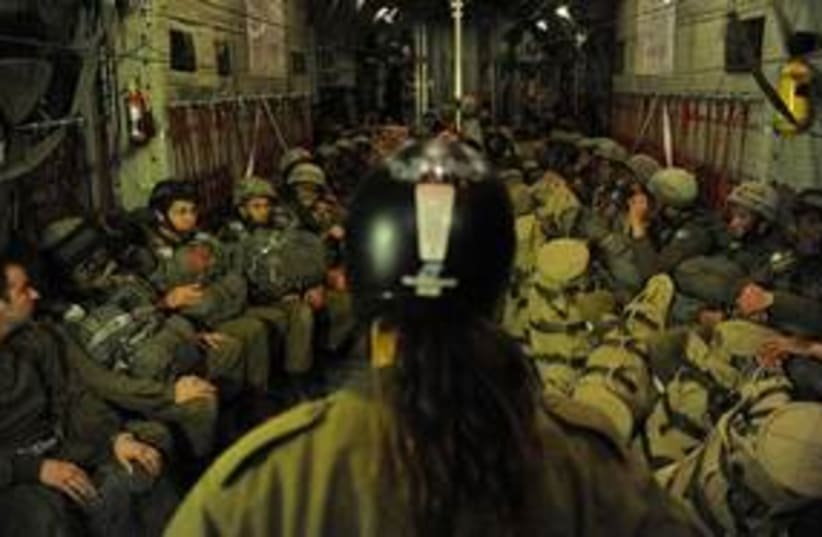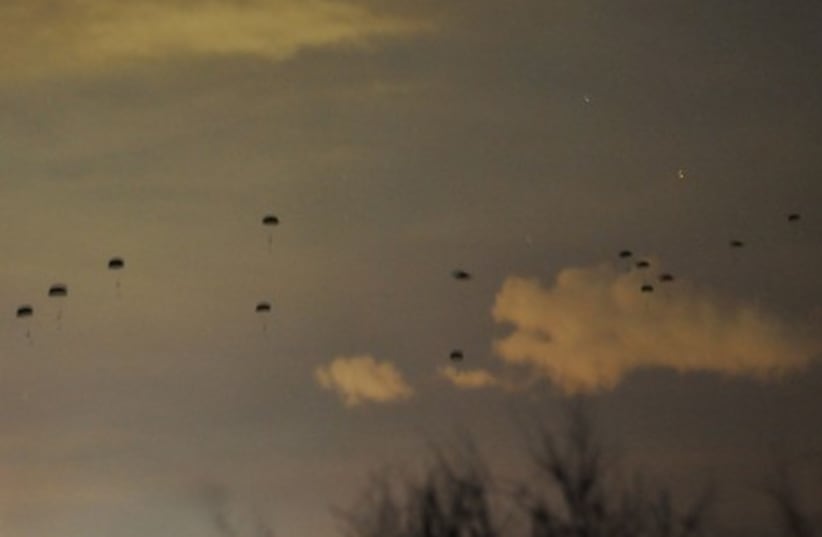

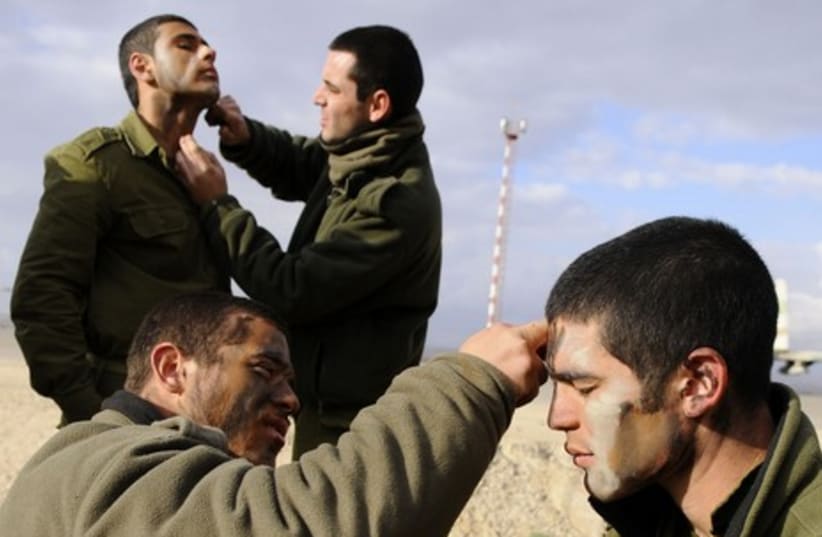
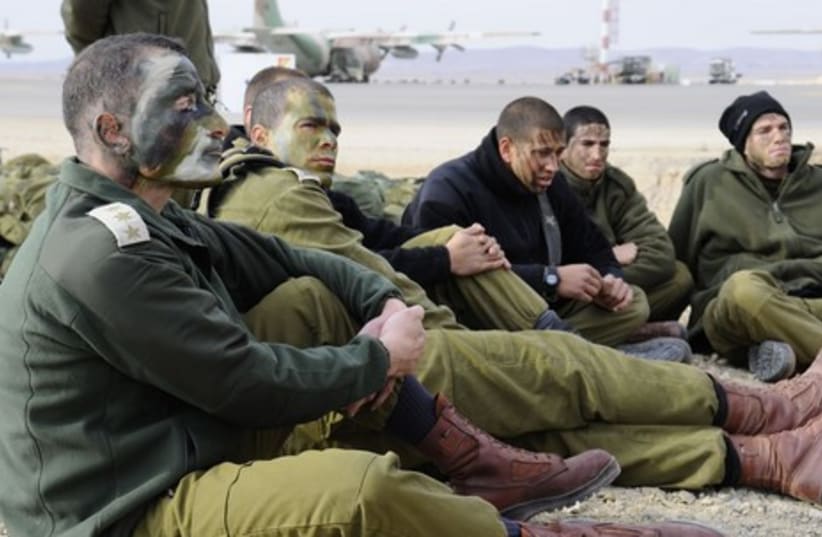
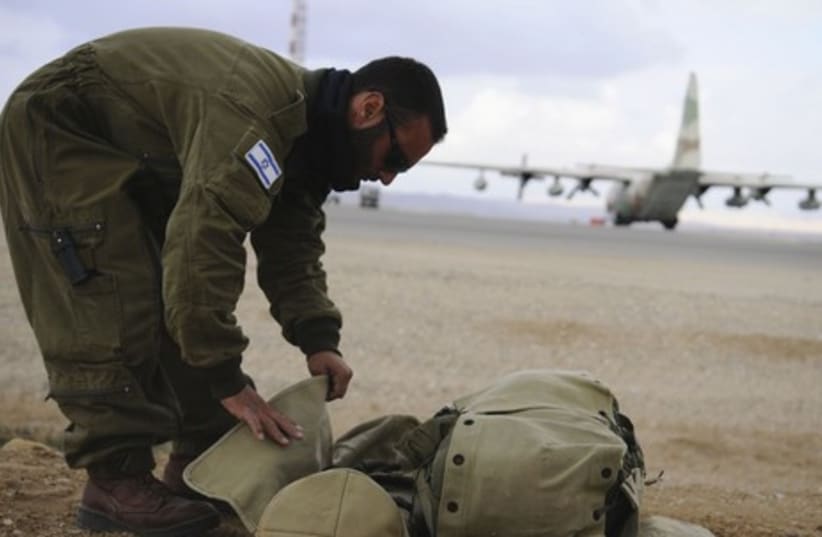

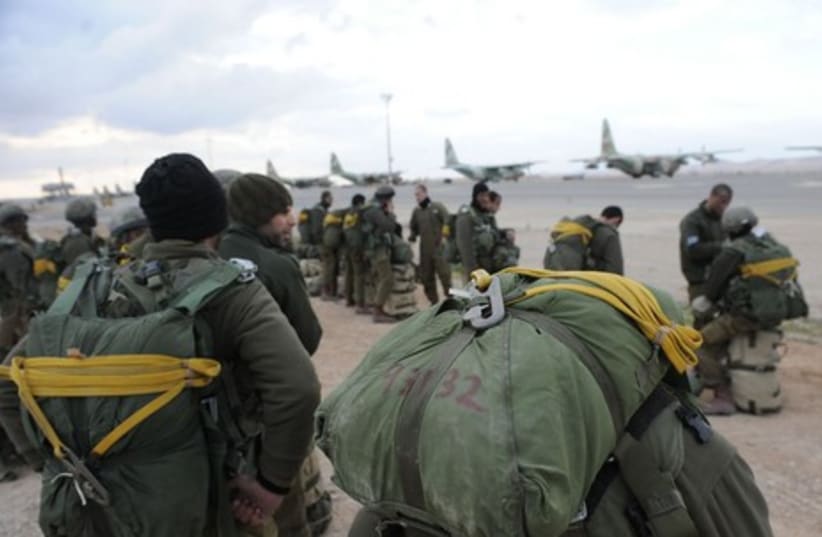
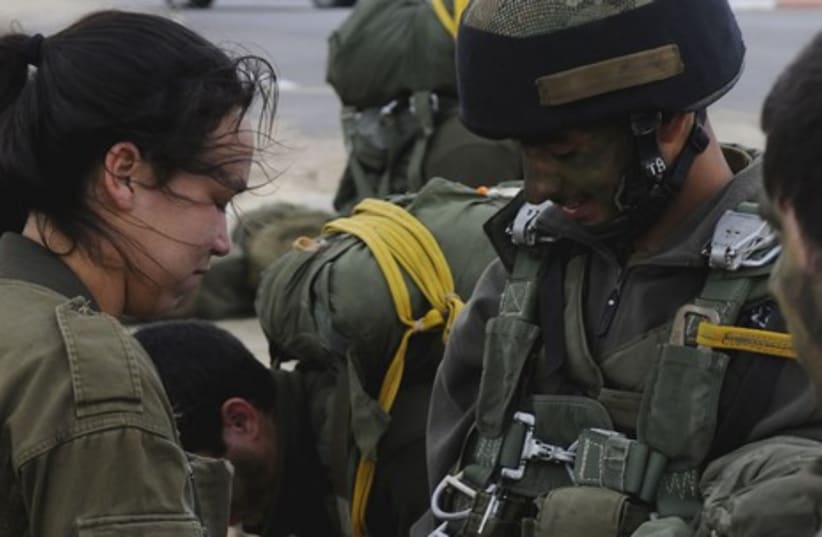
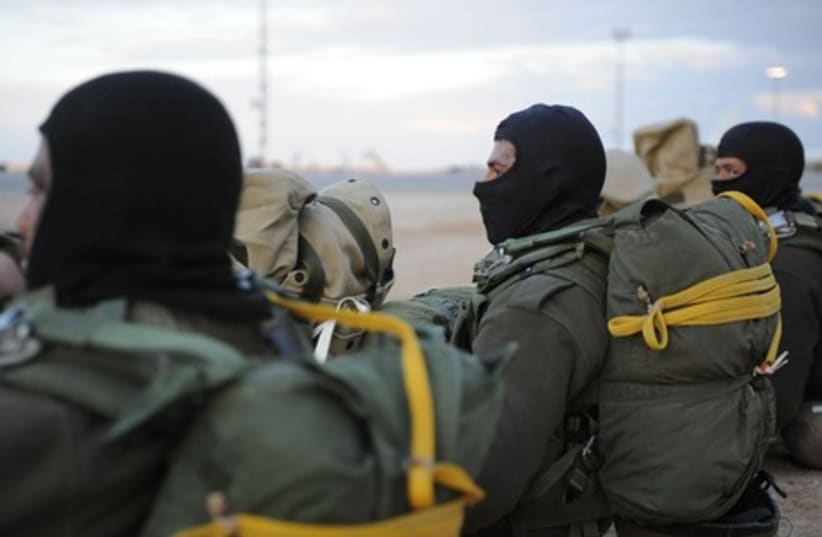

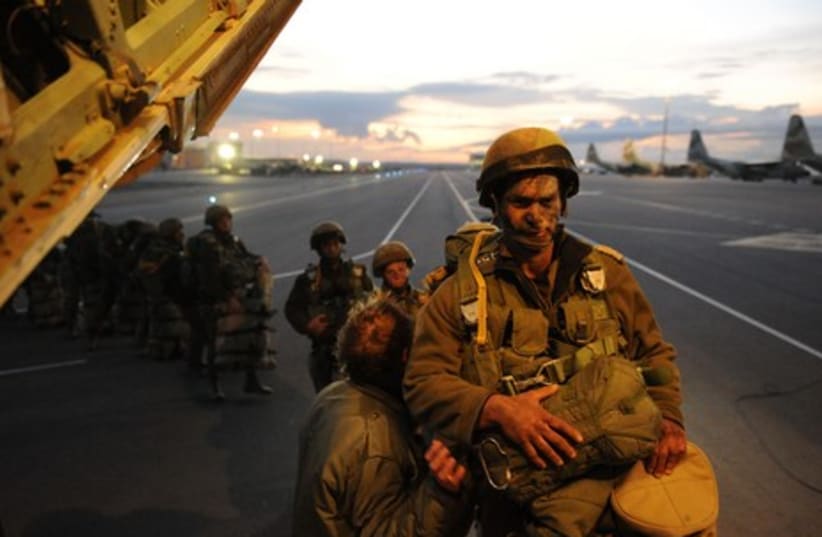
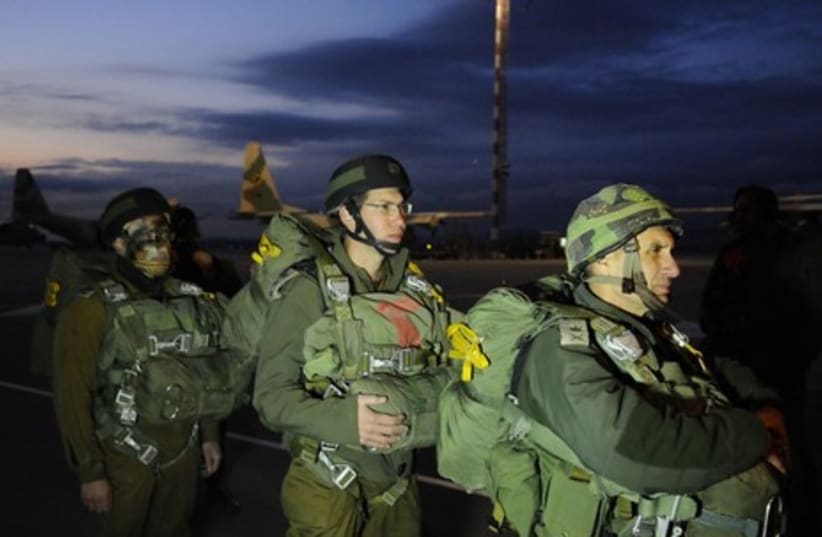

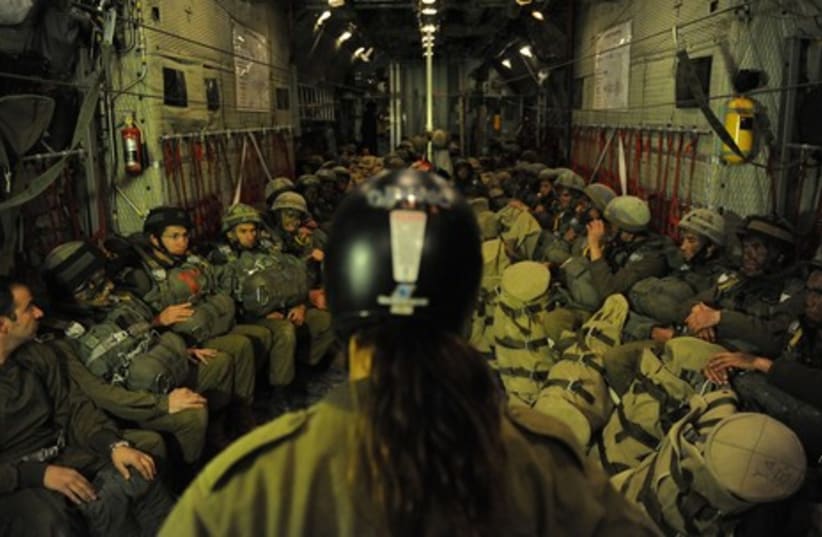
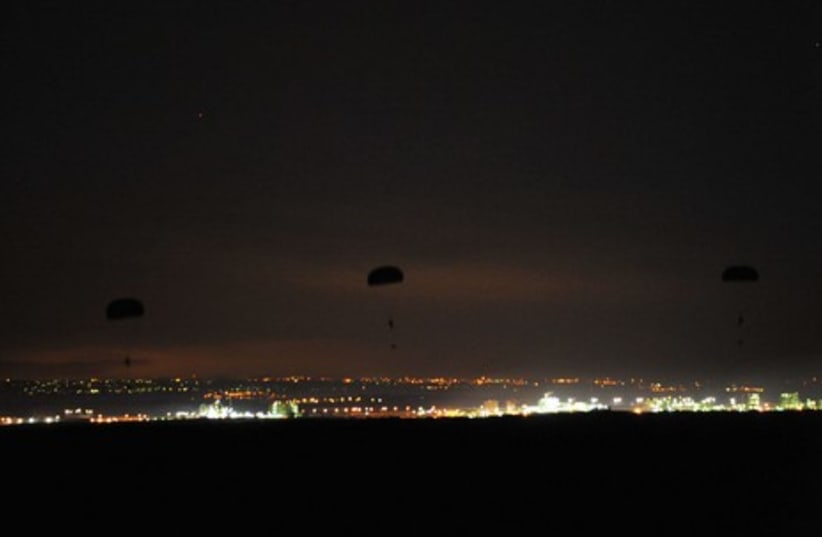

The last time such a drill was held was over 15 years ago, even though soldiers in the Paratroopers Brigade, as well as some other IDF units, continue to undergo parachuting training on a regular basis.In military conflict, the IDF has not parachuted large forces into enemy territory since the jump into the Mitla Pass during the 1956 Sinai Campaign.Retaining the capability however, is believed to be of extreme importance today particularly in face of a potential future war with Syria, Hezbollah in Lebanon or even with Egypt.RELATED:IDF preparing for major Gaza action within months 'Nuclear Iran could deter wars in Gaza, Lebanon' "We are restoring a capability that we once had," Paratroopers Brigade commander Col. Amir Baram told reporters ahead of the jump which was done from Israel Air Force C-130 Hercules transport aircraft over the Negev Desert."We cannot know what will happen in the changing Middle East and every western military which respects itself needs to know how to parachute large forces, bring them back together and then launch an attack," he added.
According to Baram, dropping large forces behind enemy lines - either by parachute or helicopters - could be done to surprise the enemy as part of the opening act of a war or in the middle, after the fighting has already begun.During the Second Lebanon War in 2006, for example, the IDF helicoptered large forces deep inside Lebanon as part of a last-ditch effort to weaken Hezbollah before the United Nations-brokered ceasefire went into effect.Following the war, the IDF also bolstered its fleet of landing craft that can be used to drop forces on the coasts of enemy countries.The brigade-level parachute jump came towards the end of weeks of training for the Paratroopers Brigade ahead of its deployment along the border with Lebanon and then the Gaza Strip. Earlier in the week, The Jerusalem Post revealed that the IDF General Staff has instructed the Southern Command to complete preparations for a large-scale operation in Gaza that could be launched in the near future.Ahead of the brigade-level jump, Baram studied the American and British doctrine for such jumps and military sources said that the IDF Operations Directorate was currently working on drafting its own set of commands that could be activated for drills or real military operations.One of the IDF's main concerns was that soldiers would be injured during the jump due to the heavy loads they were carrying on their backs which was expected to make the landing harder on their legs and knees. In the end, however, out of around 1,000 soldiers who jumped, only four were hospitalized with injuries to their legs.